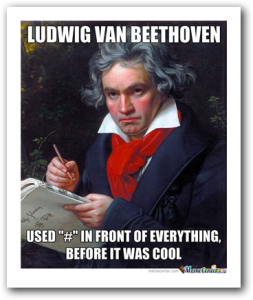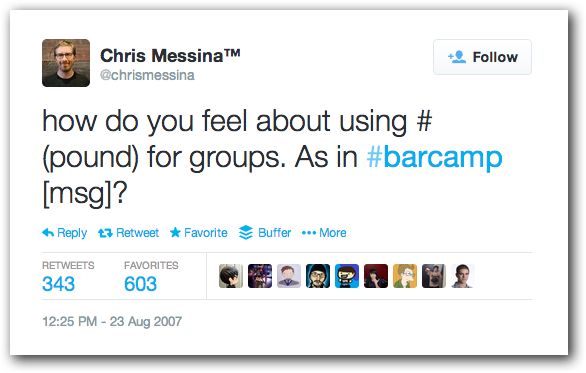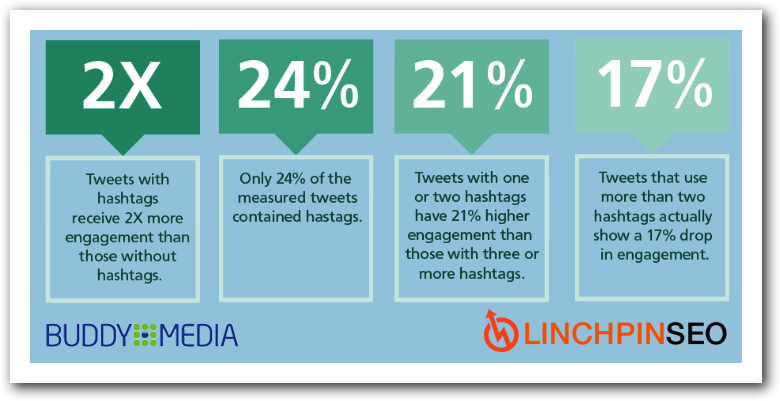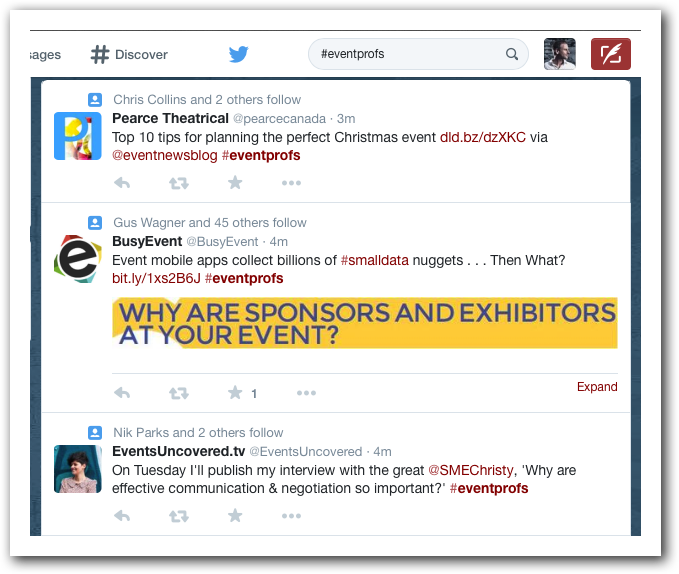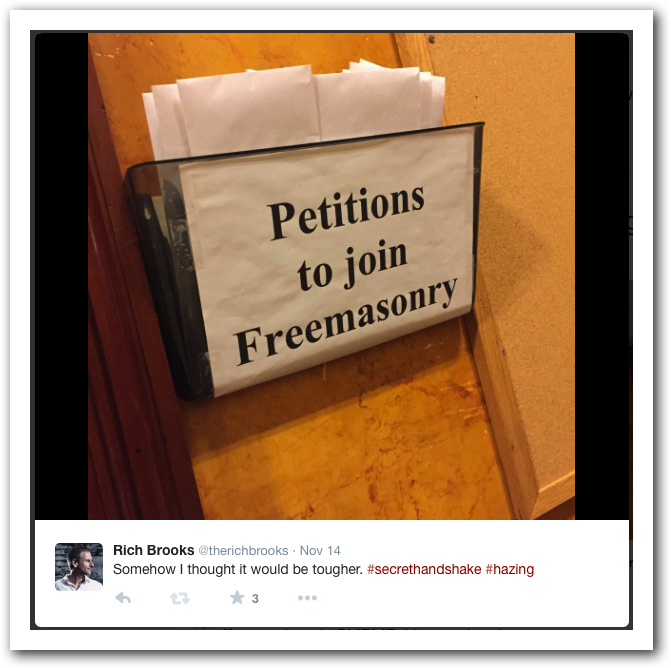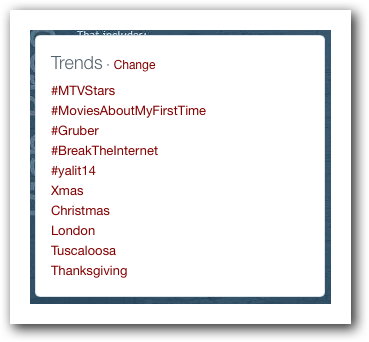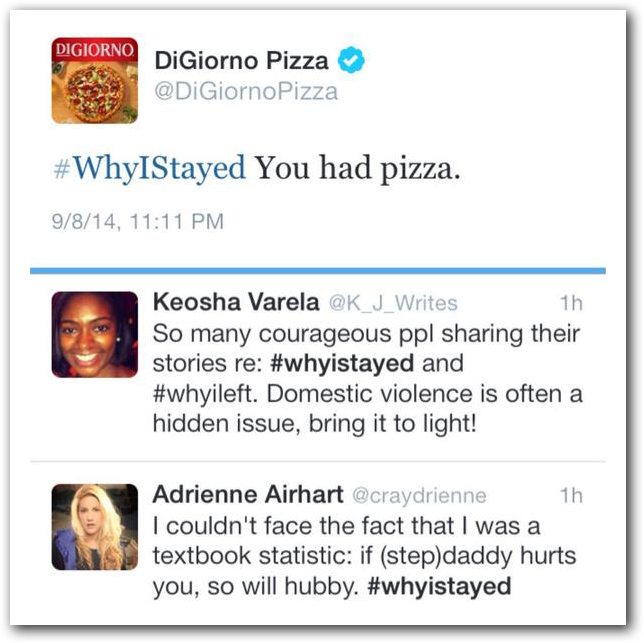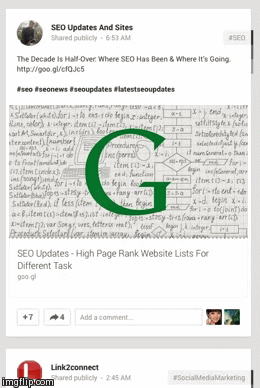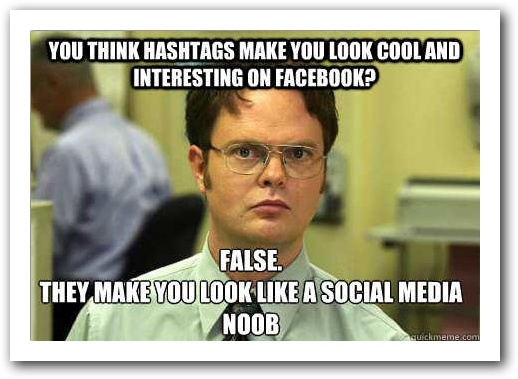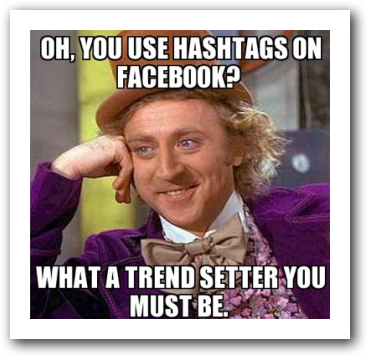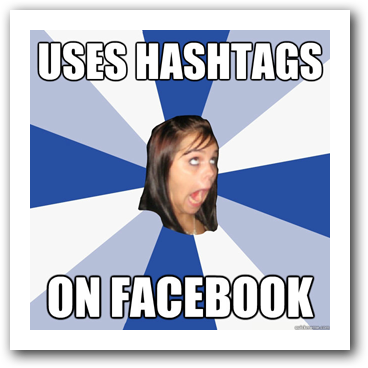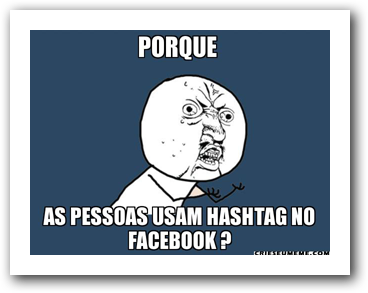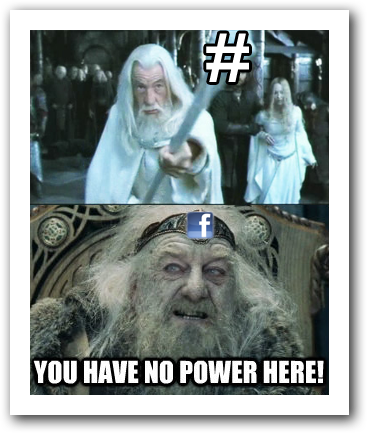Source: https://www.nytimes.com/2018/05/12/opinion/sunday/liberals-youre-not-as-smart-as-you-think-you-are.html
May 12, 2018

Illustration by Alvaro Dominguez; Photographs by ZargonDesign/E+, via Getty Images, and Renaud Philippe/EyeEm, via Getty Images
I know many liberals, and two of them really are my best friends. Liberals make good movies and television shows. Their idealism has been an inspiration for me and many others. Many liberals are very smart. But they are not as smart, or as persuasive, as they think.
And a backlash against liberals — a backlash that most liberals don’t seem to realize they’re causing — is going to get President Trump re-elected.
People often vote against things instead of voting for them: against ideas, candidates and parties. Democrats, like Republicans, appreciate this whenever they portray their opponents as negatively as possible. But members of political tribes seem to have trouble recognizing that they, too, can push people away and energize them to vote for the other side. Nowhere is this more on display today than in liberal control of the commanding heights of American culture.
Take the past few weeks. At the White House Correspondents’ Association dinner in Washington, the comedian Michelle Wolf landed some punch lines that were funny and some that weren’t. But people reacted less to her talent and more to the liberal politics that she personified. For every viewer who loved her Trump bashing, there seemed to be at least one other put off by the one-sidedness of her routine. Then, when Kanye West publicly rethought his ideological commitments, prominent liberals criticized him for speaking on the topic at all. Maxine Waters, a Democratic congresswoman from California, remarked that “sometimes Kanye West talks out of turn” and should “maybe not have so much to say.”
Liberals dominate the entertainment industry, many of the most influential news sources and America’s universities. This means that people with progressive leanings are everywhere in the public eye — and are also on the college campuses attended by many people’s children or grandkids. These platforms come with a lot of power to express values, confer credibility and celebrity and start national conversations that others really can’t ignore.
But this makes liberals feel more powerful than they are. Or, more accurately, this kind of power is double-edged. Liberals often don’t realize how provocative or inflammatory they can be. In exercising their power, they regularly not only persuade and attract but also annoy and repel.
In fact, liberals may be more effective at causing resentment than in getting people to come their way. I’m not talking about the possibility that jokes at the 2011 correspondents’ association dinner may have pushed Mr. Trump to run for president to begin with. I mean that the “army of comedy” that Michael Moore thought would bring Mr. Trump down will instead be what builds him up in the minds of millions of voters.
Consider some ways liberals have used their cultural prominence in recent years. They have rightly become more sensitive to racism and sexism in American society. News reports, academic commentary and movies now regularly relate accounts of racism in American history and condemn racial bigotry. These exercises in consciousness-raising and criticism have surely nudged some Americans to rethink their views, and to reflect more deeply on the status and experience of women and members of minority groups in this country.
But accusers can paint with very wide brushes. Racist is pretty much the most damning label that can be slapped on anyone in America today, which means it should be applied firmly and carefully. Yet some people have cavalierly leveled the charge against huge numbers of Americans — specifically, the more than 60 million people who voted for Mr. Trump.
In their ranks are people who sincerely consider themselves not bigoted, who might be open to reconsidering ways they have done things for years, but who are likely to be put off if they feel smeared before that conversation even takes place.
It doesn’t help that our cultural mores are changing rapidly, and we rarely stop to consider this. Some liberals have gotten far out ahead of their fellow Americans but are nonetheless quick to criticize those who haven’t caught up with them.
Within just a few years, many liberals went from starting to talk about microaggressions to suggesting that it is racist even to question whether microaggressions are that important. “Gender identity disorder” was considered a form of mental illness until recently, but today anyone hesitant about transgender women using the ladies’ room is labeled a bigot. Liberals denounce “cultural appropriation” without, in many cases, doing the work of persuading people that there is anything wrong with, say, a teenager not of Chinese descent wearing a Chinese-style dress to prom or eating at a burrito cart run by two non-Latino women.
Pressing a political view from the Oscar stage, declaring a conservative campus speaker unacceptable, flatly categorizing huge segments of the country as misguided — these reveal a tremendous intellectual and moral self-confidence that smacks of superiority. It’s one thing to police your own language and a very different one to police other people’s. The former can set an example. The latter is domineering.
This judgmental tendency became stronger during the administration of President Barack Obama, though not necessarily because of anything Mr. Obama did. Feeling increasingly emboldened, liberals were more convinced than ever that conservatives were their intellectual and even moral inferiors. Discourses and theories once confined to academia were transmitted into workaday liberal political thinking, and college campuses — which many take to be what a world run by liberals would look like — seemed increasingly intolerant of free inquiry.
It was during these years that the University of California included the phrase “America is the land of opportunity” on a list of discouraged microaggressions. Liberal politicians portrayed conservative positions on immigration reform as presumptively racist; Nancy Pelosi, the House minority leader, once dubiously claimed that she had heard Republicans tell Irish visitors that “if it was you,” then immigration reform “would be easy.”
When Mr. Obama remarked, behind closed doors, during the presidential campaign in 2008, that Rust Belt voters “get bitter, they cling to guns or religion or antipathy to people who aren’t like them,” it mattered not so much because he said it but because so many listeners figured that he was only saying what liberals were really thinking.
These are the sorts of events conservatives think of when they sometimes say, “Obama caused Trump.” Many liberals might interpret that phrase to mean that America’s first black president brought out the worst in some people. In this view, not only might liberals be unable to avoid provoking bigots, it’s not clear they should even try. After all, should they not have nominated and elected Mr. Obama? Should they regret doing the right thing just because it provoked the worst instincts in some people?
This is a limited view of the situation. Even if liberals think their opponents are backward, they don’t have to gratuitously drive people away, including voters who cast ballots once or even twice for Mr. Obama before supporting Mr. Trump in 2016.
Champions of inclusion can watch what they say and explain what they’re doing without presuming to regulate what words come out of other people’s mouths. Campus activists can allow invited visitors to speak and then, after that event, hold a teach-in discussing what they disagree with. After the Supreme Court ruled in 2015 that states had to allow same-sex marriage, the fight, in some quarters, turned to pizza places unwilling to cater such weddings. Maybe don’t pick that fight?
People determined to stand against racism can raise concerns about groups that espouse hate and problems like the racial achievement gap in schools without smearing huge numbers of Americans, many of whom might otherwise be Democrats by temperament.
Liberals can act as if they’re not so certain — and maybe actually not be so certain — that bigotry motivates people who disagree with them on issues like immigration. Without sacrificing their principles, liberals can come across as more respectful of others. Self-righteousness is rarely attractive, and even more rarely rewarded.
Self-righteousness can also get things wrong. Especially with the possibility of Mr. Trump’s re-election, many liberals seem primed to write off nearly half the country as irredeemable. Admittedly, the president doesn’t make it easy. As a candidate, Mr. Trump made derogatory comments about Mexicans, and as president described some African countries with a vulgar epithet. But it is an unjustified leap to conclude that anyone who supports him in any way is racist, just as it would be a leap to say that anyone who supported Hillary Clinton was racist because she once made veiled references to “superpredators.”
Liberals are trapped in a self-reinforcing cycle. When they use their positions in American culture to lecture, judge and disdain, they push more people into an opposing coalition that liberals are increasingly prone to think of as deplorable. That only validates their own worst prejudices about the other America.
Those prejudices will be validated even more if Mr. Trump wins re-election in 2020, especially if he wins a popular majority. That’s not impossible: The president’s current approval ratings are at 42 percent, up from just a few months ago.
Liberals are inadvertently making that outcome more likely. It’s not too late to stop.
Gerard Alexander is an associate professor of politics at the University of Virginia.

